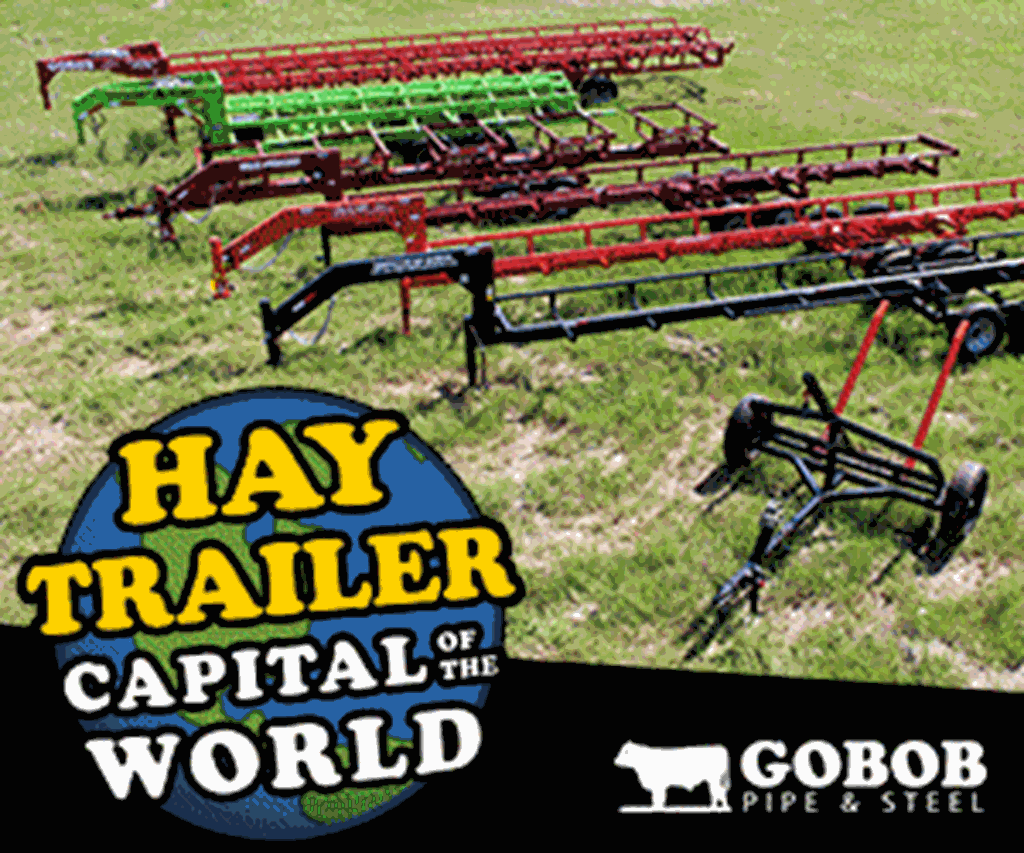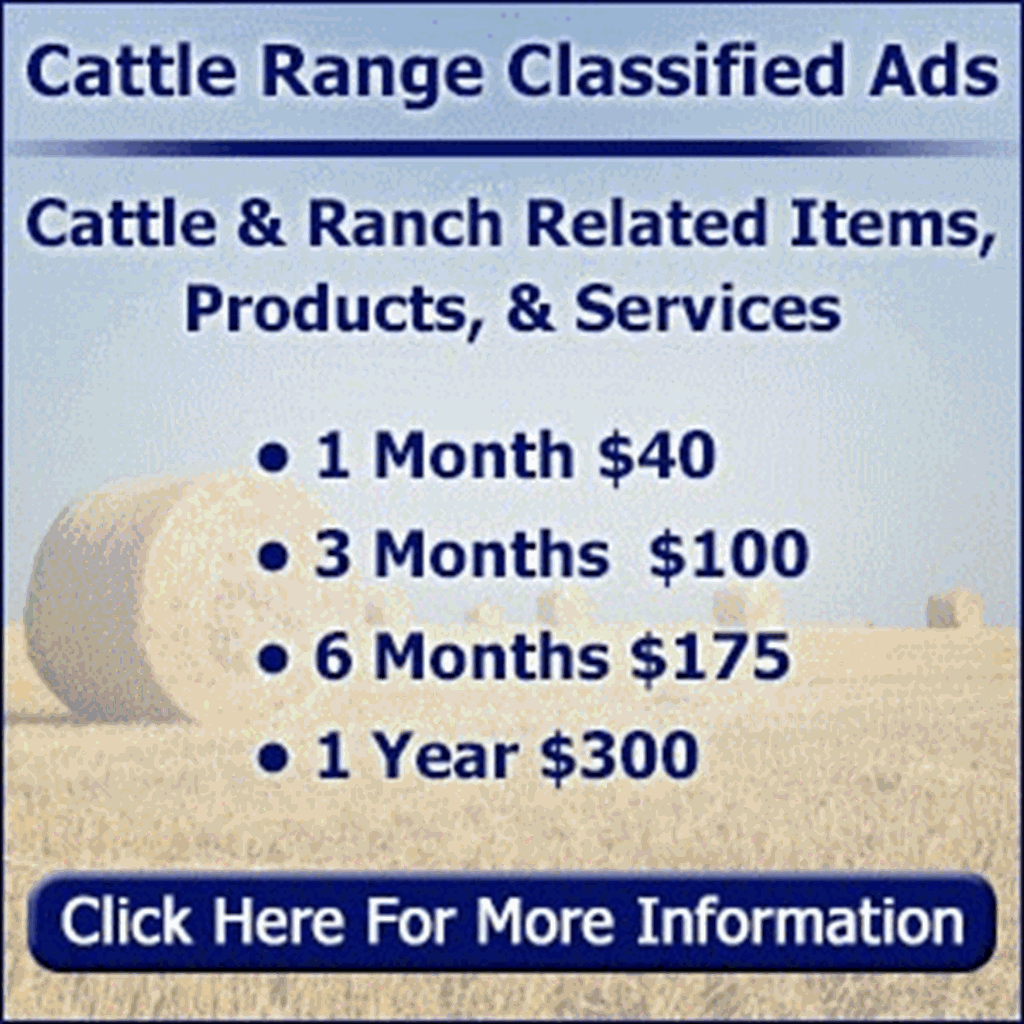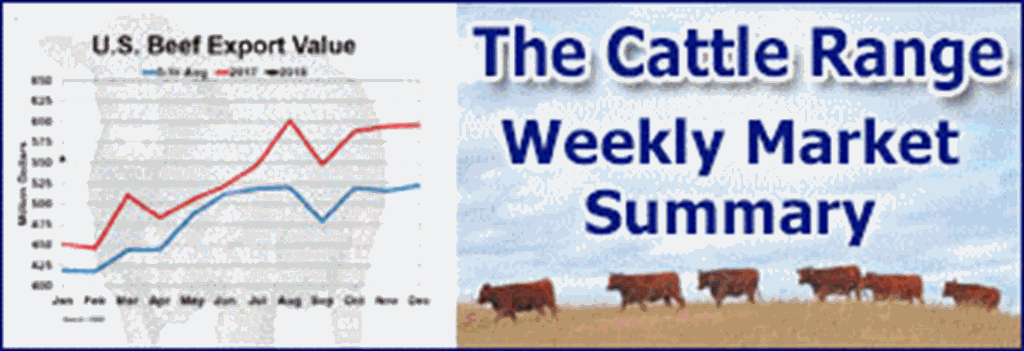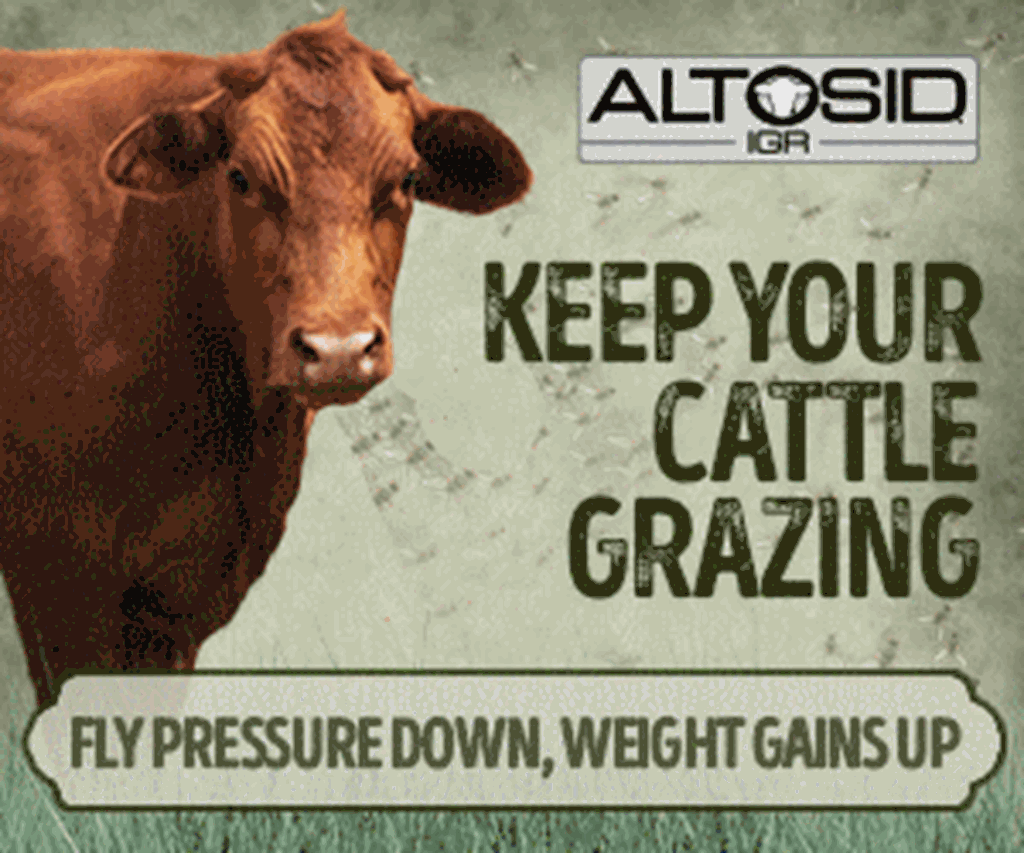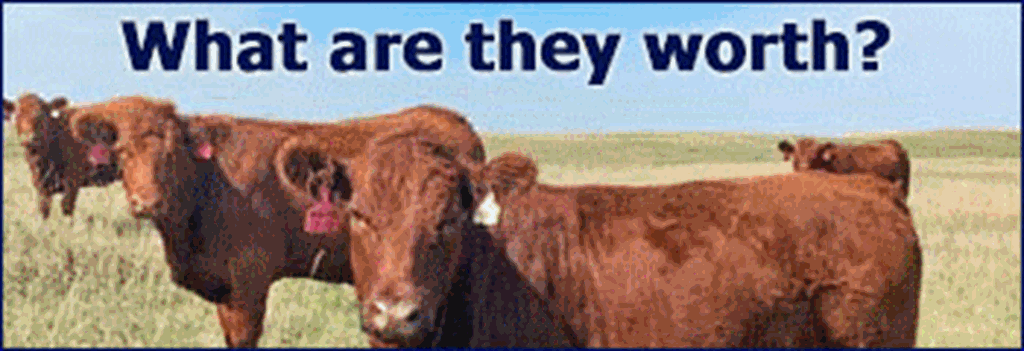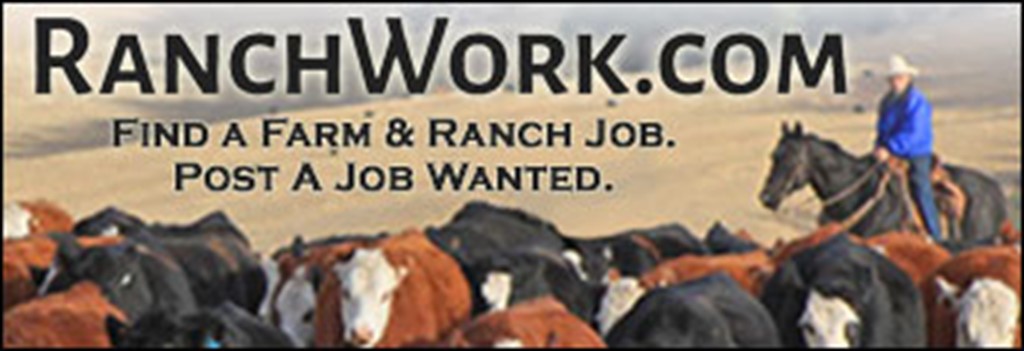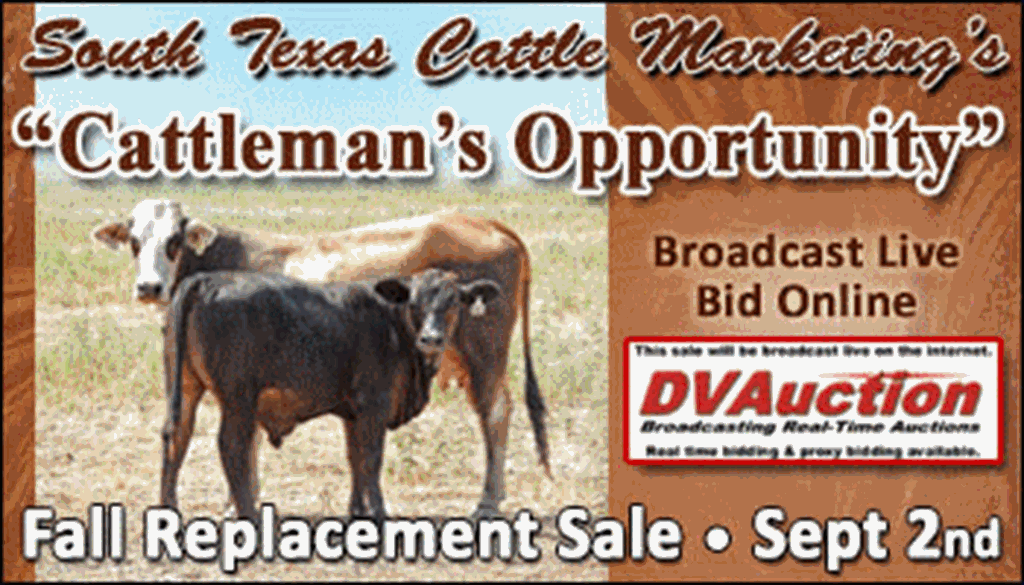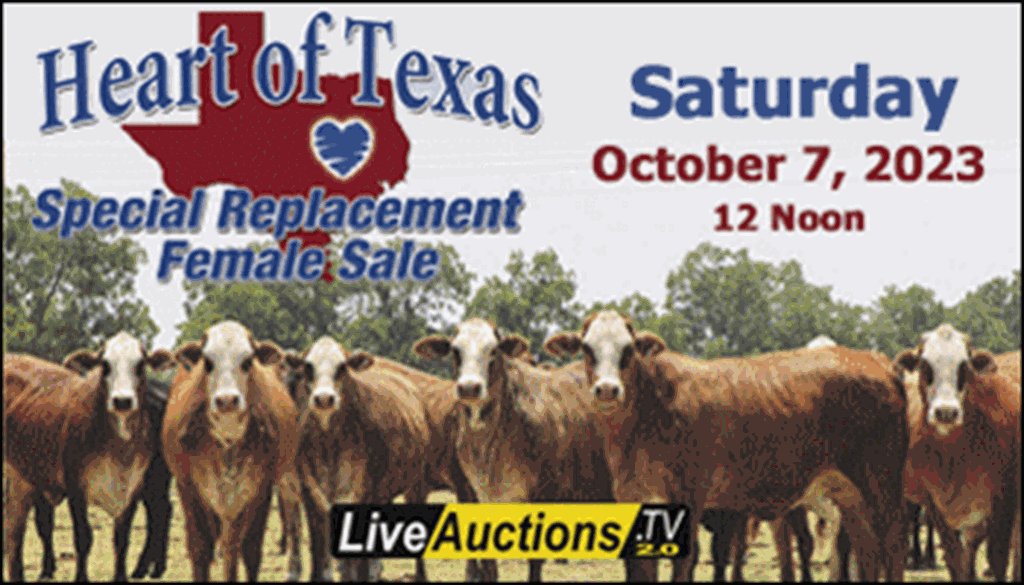What is Age and Source Verification?
By Scott P. Greiner, John B. Hall, and Laura Marks Department of Animal & Poultry Sciences, VA Tech.
Age and Source Verification has been a topic of increasing interest in the beef industry, as the Japanese and other foreign markets have reopened to US beef. Beef export regulations have clearly defined the meaning of Age and Source Verification, as age and source claims must by documented and verified through a recognized USDA program. These programs include the USDA Process Verified Program (PVP) or a USDA Quality System Assessment (QSA).
What are all these programs and terms?
USDA has established two processes by which cattle birth records may be tracked through the production chain. In general, PVP programs are designed to verify cattle prior to marketing (applicable to feeder cattle sales); whereas QSA programs define mechanism by which records are maintained and transferred within a production system (retained ownership with a known feedyard and packer).
Process Verified Programs are the highest level of certification in which companies have certified their entire production process or large portions of their process. This includes detailed procedures, record systems, and audit process. In the case of age and source verification, PVP programs create a documented, auditable procedure for the collection and transfer of age and source information.
There are several PVP programs which have been approved through USDA. Examples include those administered by beef processors (Smithfield Beef Group, PM Beef Group, Creekstone Farms), information management companies (AgInfoLink, IMI Global, etc), and breed associations (AngusSource, Red Angus Association). Obtaining certification to administrate a PVP is complex and extremely expensive. A portion of the company’s employees will be dedicated to maintaining the integrity of the program, managing records and handling audits. Process Verified Program Certification is not something an individual producer or even a county group of producers will likely undertake.
Quality System Assessment Programs are similar to PVP programs in many ways, although a QSA generally involves certification of a system that may involve several entities. These companies or groups have certified through USDA a system of records and procedures that can verify their claims to specific attributes of their product. For source and age verification, most beef processors have an approved QSA for exporting beef. This QSA describes how age/source will be documented by the packer with cooperation from source feedlots and their producer suppliers (cow-calf producers).
As with a PVP, QSA certification requires considerable records, labor, and capital to establish. The program is regularly audited and must have auditing procedures as part of their certification. Entities with approved USDA QSA programs include packers and large feedyards.
Role of PVP and QSA Programs in Exporting Beef
USDA has established Beef Export Verification (EV) Program³ requirements for selling beef internationally. These requirements outline the specific requirements for each country, including what products may be exported, processing regulations, and stipulations for the cattle producing the beef. In the case of Japan, a specific requirement is that the beef be from cattle of 20 months of age or less. For most other countries (Hong Kong, Mexico, Canada), the age requirement is 30 months or less. These EV age regulations can be met in one of three ways:
- product from carcasses which meet carcass maturity specifications (ie. A40 rule for Japan);
- product from PVP age-verified cattle; or
- product from QSA age-verified cattle.
So What Does This Mean to Me – a Cow/Calf Producer?
Age and Source Verification have taken on a new meaning. For calves to be truly Source and Age Verified, they must be enrolled in a PVP or QSA as previously described. Simply stating “source and age verified” or “home-raised” does not provide the level of documentation necessary for a PVP or QSA. Likewise, it has been established that signed affidavits will not substitute for documentation provided through a USDA approved PVP or QSA.
To sell calves as Source and Age Verified, cow/calf producers will most likely be providing information to a PVP program. When participating in a PVP Program, producers will supply the necessary documentation for source and age and be able to sell their calves as “USDA Process Verified.” Thereby, these calves would be recognized in the industry as being Source and Age Verified and this verification could be utilized by cattle feeders and processors to fulfill the requirements of their QSA for Export Verification. Therefore, PVP certified cattle for age should meet the documentation requirements for any cattle feeder or packer (ie. PVP cattle will meet the requirements of multiple QSA programs).
Currently, producers retaining ownership are working with their feeders to provide the necessary documentation and paperwork to fulfill the requirements of a packer QSA. These QSA’s are specific for each packer, and each has different forms and procedures. In many cases, the producer needs to receive training from the feedlot as part of the requirement of the QSA. In some instances, producers which have sold feeder cattle have been contacted by feedyards requesting the information for a QSA.
What Records Do I Need to Keep?
The key item in this new era of source and age verification is records and documentation. Unfortunately, there are no standardized forms that fit all PVP or QSA programs (although the required information is essentially the same). Each program has their own forms and enrollment process, but by keeping certain basic types of information you can be ready for Source and Age Verification.
Here are basic recommendations for records to keep and procedures to perform:
- Tag all cows and calves with a unique number in your herd. Tag calves at or near birth. Freeze branding cows is not a bad idea.
- Keep detailed calving records such as the IRM Red Book. This includes calf ID, dam ID calving date, and sex of calf. At the very least, record the date the first calve was bornand the day the last calf was born. Be able to differentiate calves born in different calving seasons. Keep records in a safe, readily accessible location.
- Keep records of all cattle sales.
Become a BQA certified producer.
Keep BQA records up to date as required. Record all vaccinations, dewormings, implanting, or health treatments.
Keep all records in a safe, readily accessible location for minimum of three years.
Will keeping these records make my calves eligible for all QSA or PVP programs? Maintaining items 1 to 3 listed above will provide the minimum information needed for many programs. Adding items 4 & 5 may increase your options, realizing that some programs may have additional requirements.
In almost all cases, cattle that are destined for a Source and Age Verification program will needed to be tagged with an RFID (electronic) eartag. The electronic tag serves as the conduit for transfer of information for the PVP or QSA. The tag must be associated with an individual animal and its birth premise, and therefore must be applied by the cow-calf producer prior to commingling with cattle from other sources.
1 USDA Process Verified Program http://processverified.usda.gov/

